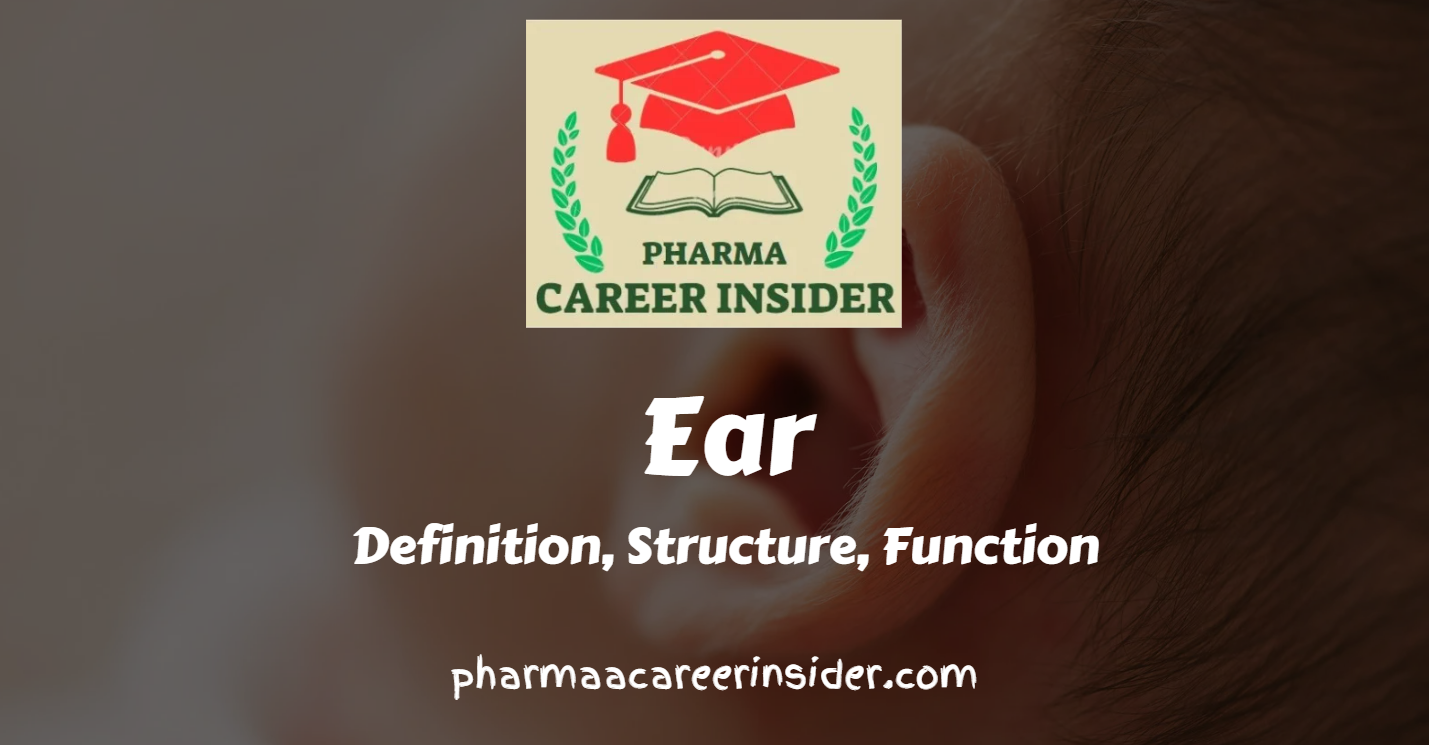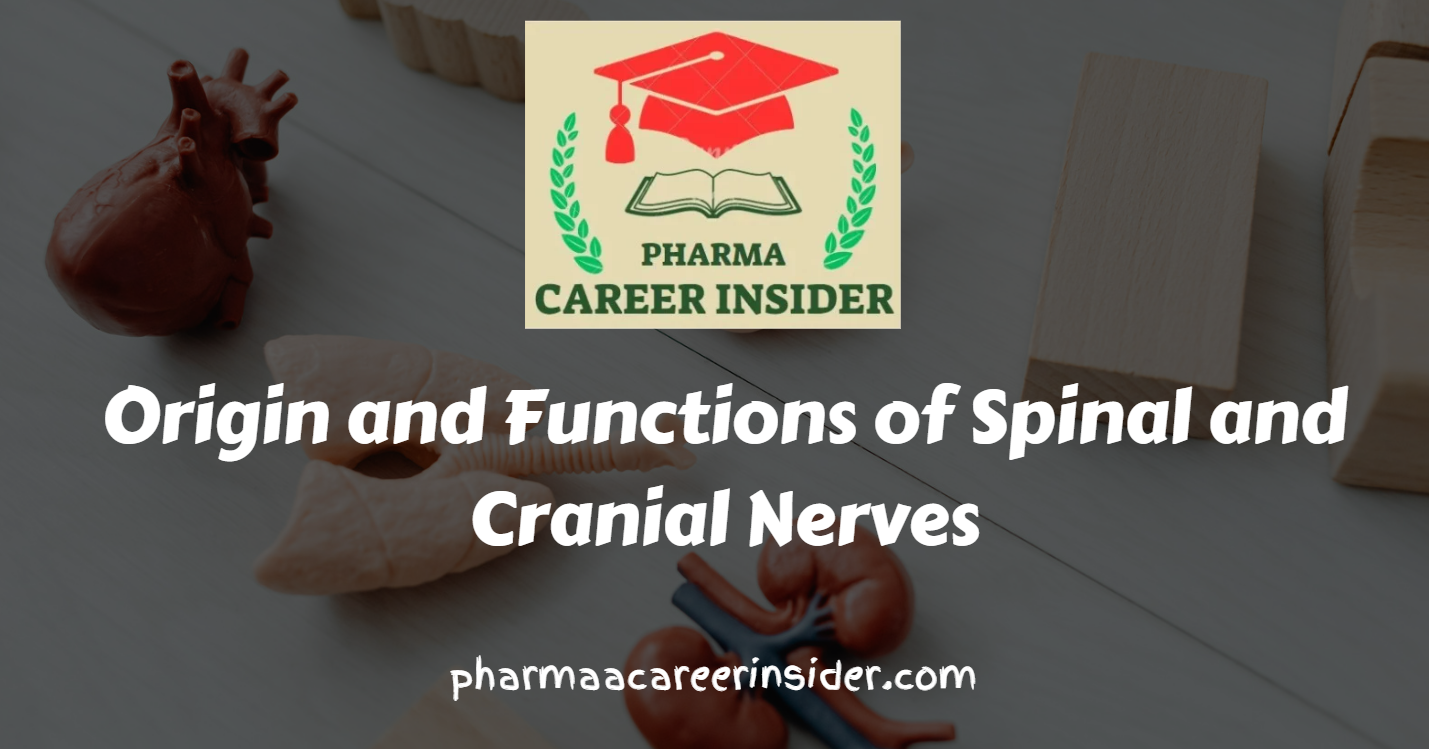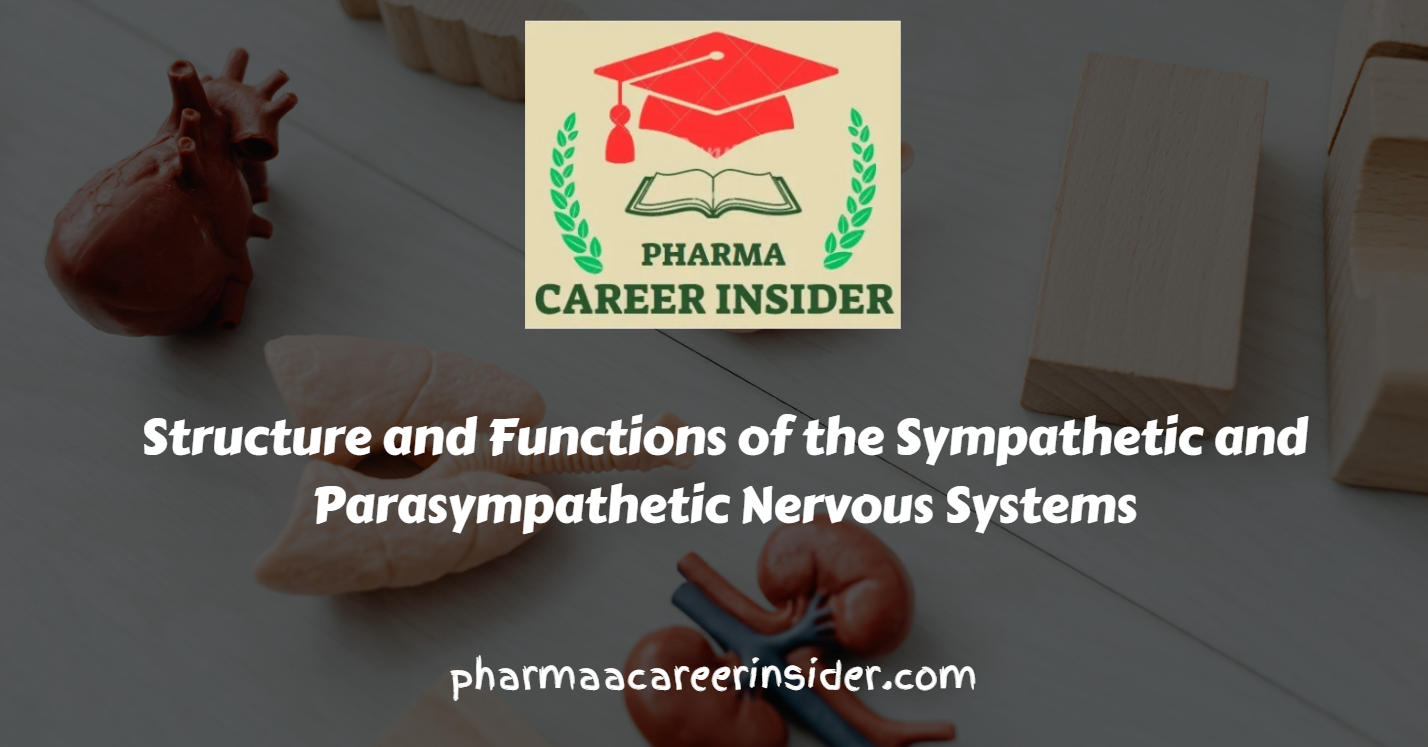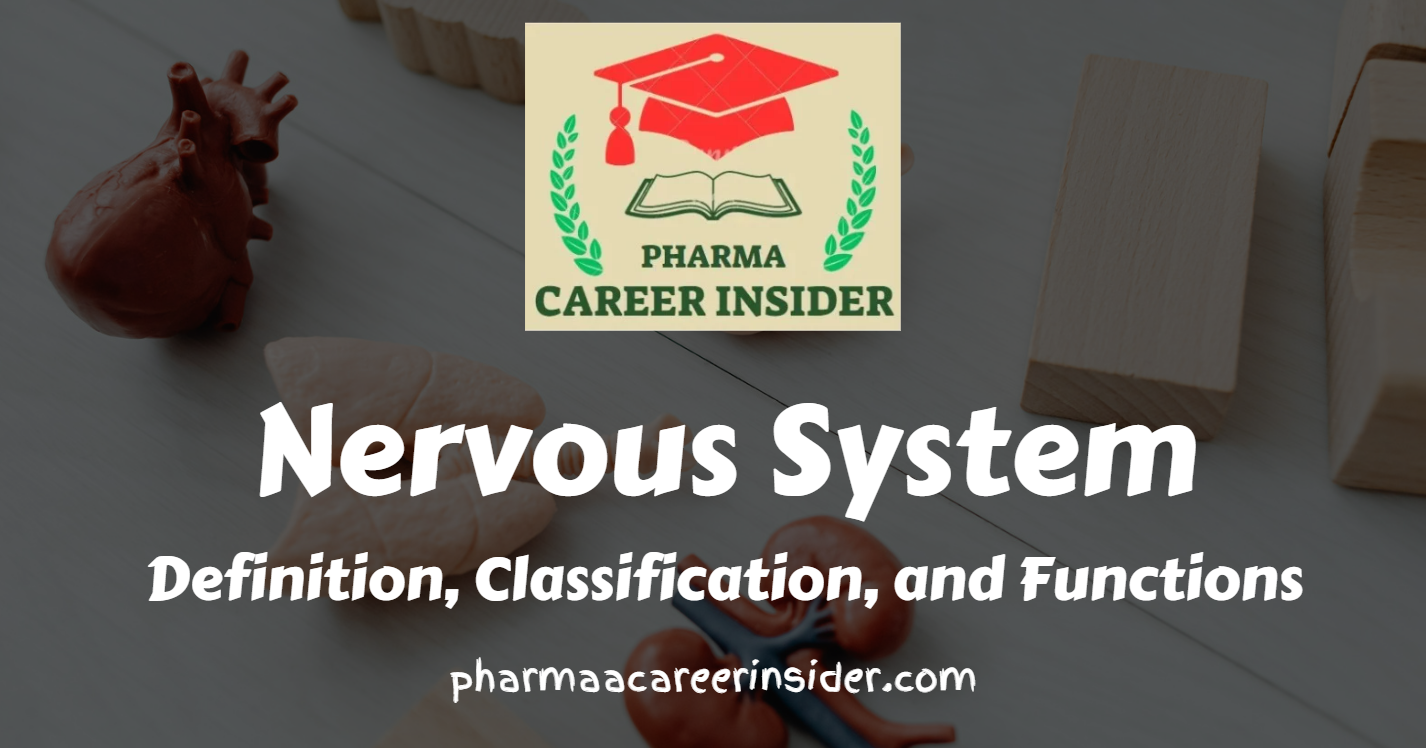Tongue: Structure and Functions
The tongue is a muscular and sensory organ located in the oral cavity. It plays a central role in various functions, including taste, speech, and the manipulation of food during digestion. Here’s a detailed note on the structure and functions of the tongue: Structure of the Tongue 1. Muscular Tissue: – The tongue is … Read more







